Chatbots allow customers to contact a business and engage with them instantly.
They’re a 24/7 automated solution and an essential customer service tool for many businesses.
Nowadays, customer expectations demand immediate answers to queries.
They’re no longer willing to wait days for an email response or a stay in endless phone queues
In fact, over 43% of B2B consumers say they’re frustrated with the inability to receive simple information from a business quickly or easily.
And, 75% of B2C consumers consider fast responses to be the most important element of the digital customer experience.
But while chatbots are super useful for providing customers with quick answers, they can also play a huge role in your marketing strategy.
And in this article, we’ll show you how. We’ll cover:
- What is chatbot marketing?
- The benefits of chatbot marketing for your business
- Ten tactics for your chatbot marketing strategy in 2024
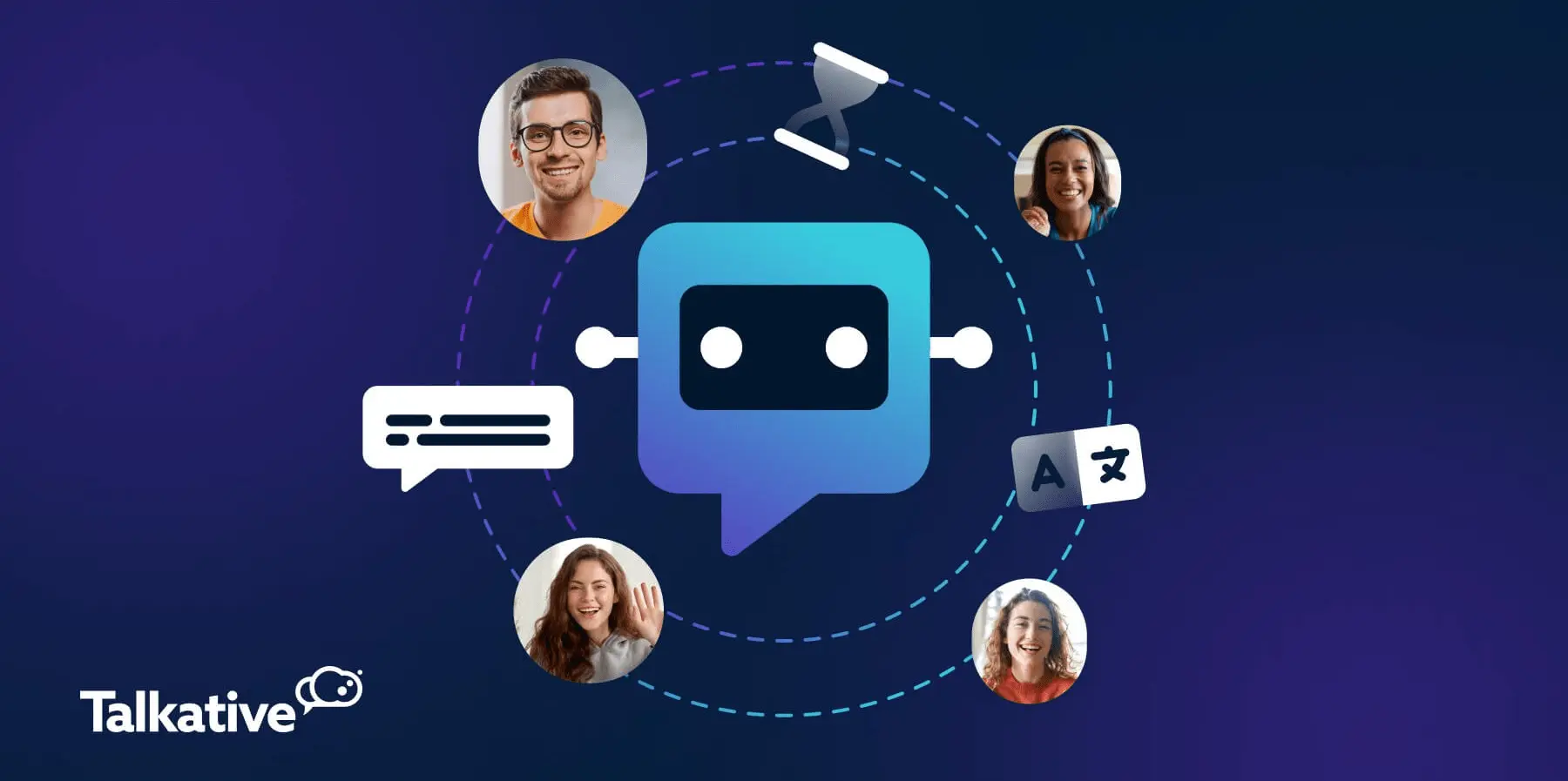
What is chatbot marketing?
Simply put, chatbot marketing is a method of promoting products and services via a customer service chatbot.
Chatbots work by being embedded into your business website and/or app.
You can also deploy them across your social media and messaging services like WhatsApp or Facebook Messenger.
A chatbot can also act as a virtual assistant that allows customers and potential customers to contact your business instantly.
By facilitating 24/7 support, collecting customer data, and driving lead generation, chatbot marketing increases engagement and supports sales efforts.

The benefits of a chatbot marketing strategy
The right chatbot marketing strategies can boost conversions and enhance the customer experience.
Let’s take a quick look at the following benefits to see how.
Instant responses 24/7
Chatbots allow instantaneous replies to customer messages around the clock.
This increases customer engagement and makes consumers more likely to complete purchases or check out additional products and services.
What’s more, marketing chatbots can respond to your customers 24/7.
They enable you to reach more individuals, with fewer dedicated resources, than a targeted marketing campaign.
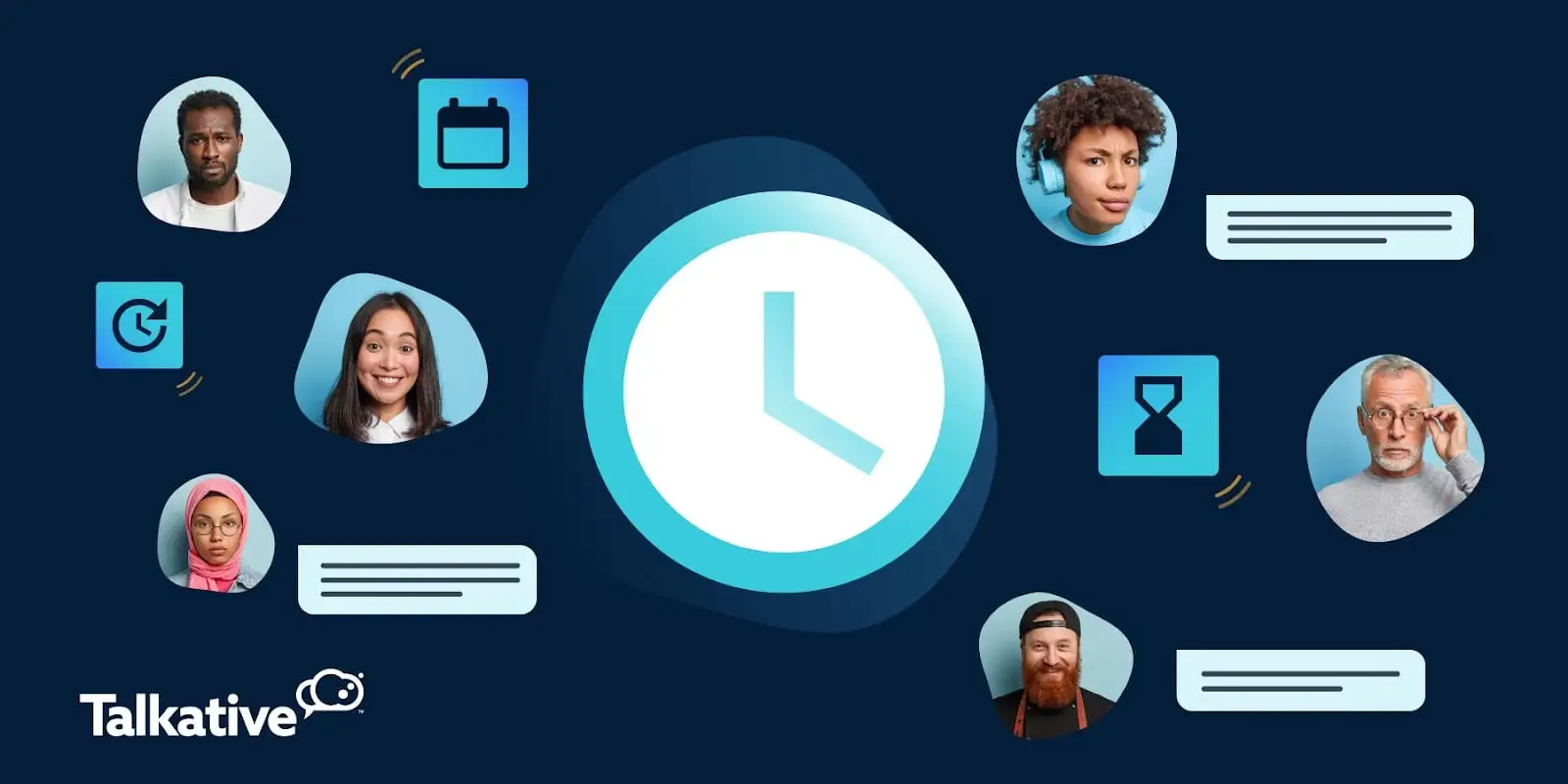
Improve data collection & lead management
Chatbots can gather useful initial data, including why customers are visiting your page.
Qualified leads can then be sent to the sales department, thus increasing your lead generation opportunities.
Alternatively, the customer data you collect can be sent into the marketing and sales team data pipeline to improve future targeted advertising.
Taking things a step further, with the right setup, chatbot marketing can also increase the pace of your lead nurturing and lead scoring.
For instance, you can use marketing chatbots to lead customers down the sales funnel, from prospect to purchase - all in a single conversation.
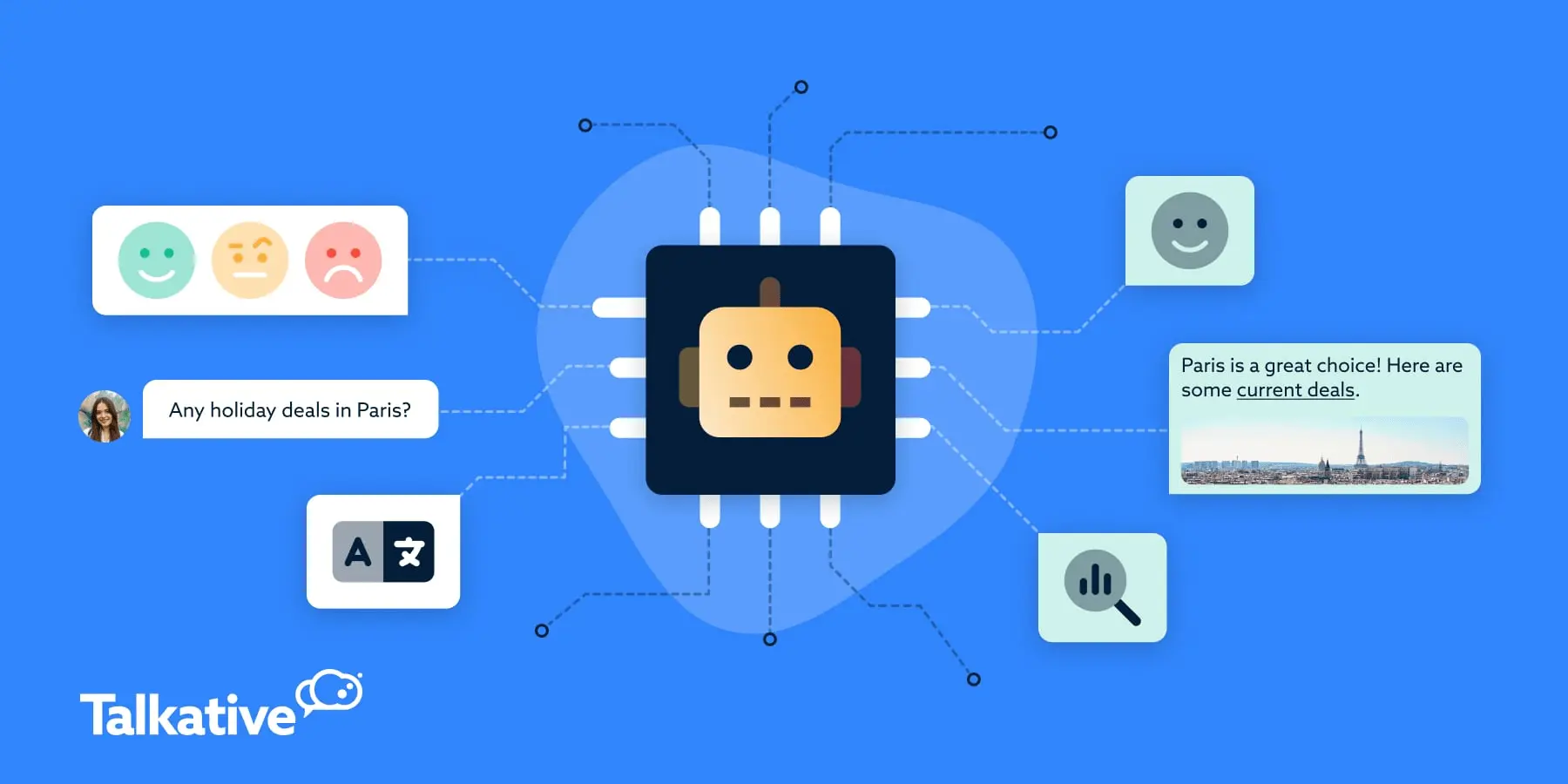
Personalize interactions & segment traffic
Modern customers expect personalized experiences.
A well-crafted chatbot can use customer data to deliver personalized greetings and messages with speed.
Moreover, marketing chatbots can also lead users to different products, diversifying their interest and increasing your upselling chances.
So, if a customer wants to buy product X, you can ensure your chatbot also shows them products Y and Z.
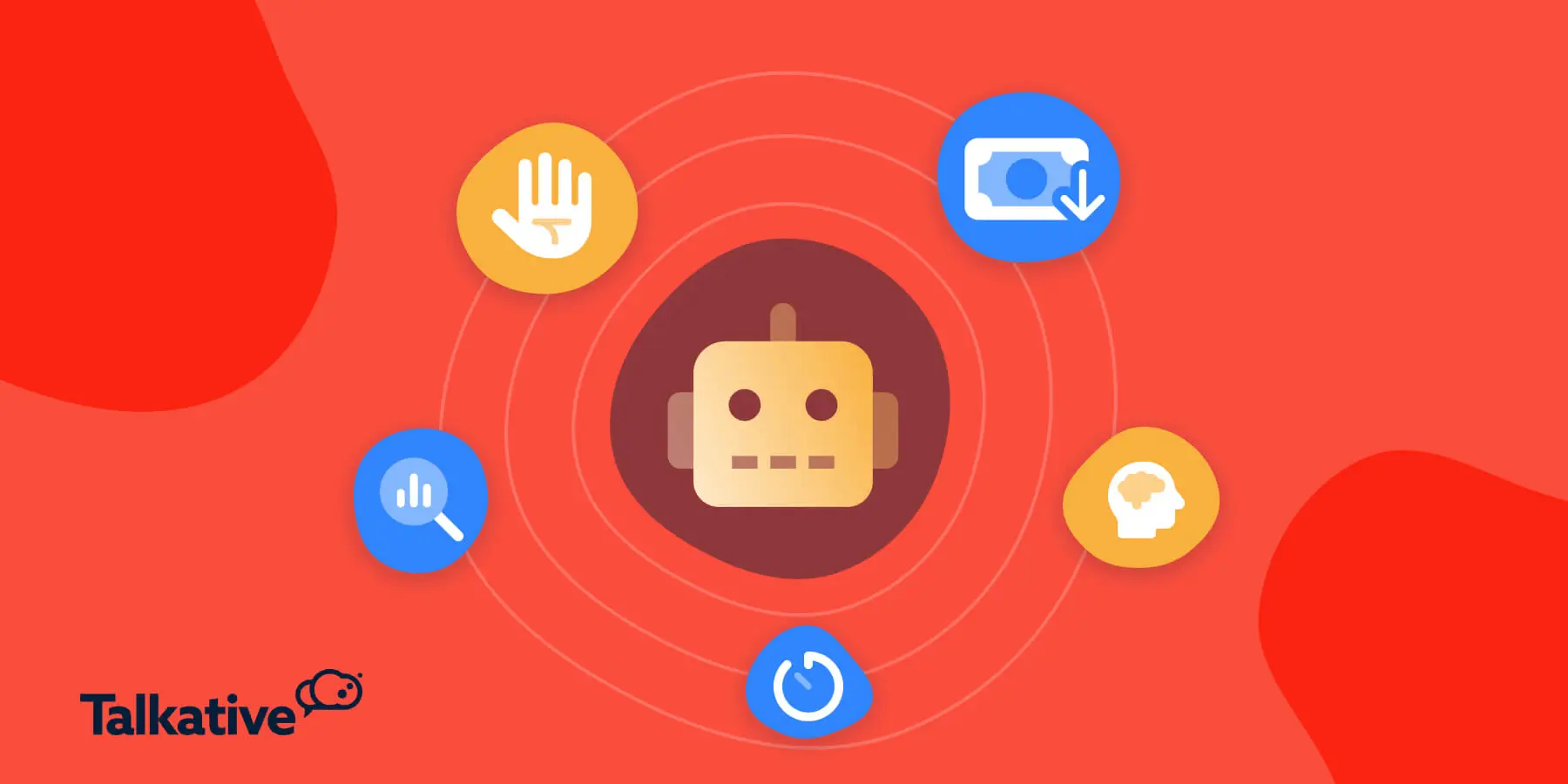
Top 10 tactics for chatbot marketing in 2024
Now we’ve got a better idea of the most important chatbot benefits, let’s dive in and explore the top ten ways you can use mareting chatbots to elevate your business success.
1. Create conversation flows
Your chatbot should be able to have specific conversations with users based on what they’re asking.
If not, the user will likely have an unpleasant customer experience and take their interest elsewhere.
To build these conversations into your chat, it’s important to:
- Map out your customer journey
- Decide which platforms are most effective for you, e.g. your website, app, or social media channels
- Create a content strategy
- Decide on the best potential responses for each question
You also need to establish a conversational tone for your chatbot. It can be formal, casual, or a mix of the two.
The best way to lead a conversation in a specific direction is to create a conversation path that helps the AI understand what the user wants.
Then, give users a limited number of response options for every scenario.
Start with major avenues like FAQs, confirming orders, or scheduling calls. Map out responses for each scenario and then create a path that leads to conversions.
Take Domino's pizza bot as an example.
If the AI can’t understand a user’s query, it should automatically display a message with the contact details for customer support, or escalate to a live chat interaction.
Doing so will make sure your customers don’t go elsewhere.
2. Integrate with an AI knowledge base
Integrating your chatbot with an AI knowledge base significantly enhances its capabilities and scope.
Knowledge base content gives marketing chatbots access to a vast repository of information and expertise that’s specific to your brand.
By tapping into this database, chatbots can offer highly detailed and relevant responses to a vast range of user inputs, leading to improved customer engagement and lead generation.
With Talkative, you can easily create an AI knowledge base using web pages and file-based content.
You can then integrate the knowledge base with our Generative AI Chatbot, effectively training the bot on its content.
From there, the bot can answer countless questions about your business, products, and services - using relevant data from your knowledge base plus generative AI.
It means you’ll be safe in the knowledge that your chatbot can provide accurate information, consistent responses, and the most humanised experience possible.

3. Generate leads
Chatbot marketing can be used for fast and efficient lead generation.
They generate leads by engaging website visitors and potential customers in real-time, offering instant responses and guiding them through the initial stages of the sales funnel.
Chatbots can qualify prospects based on the information they provide, identifying those who meet specific criteria set by the sales team.
For instance, a chatbot can ask about the customer's needs, budget, and timeline, and then provide tailored product or service recommendations.
This process can turn casual website visitors into qualified leads who are more likely to convert.
For the most effective lead generation you need to:
- Ensure you craft a compelling opening message
- Qualify leads with targeted questions
- Leverage customer data to personalise interactions
- Regularly update the chatbot's knowledge base to ensure it provides accurate and up-to-date responses
- Integrate with your CRM system
- Follow up with email marketing
You must also ensure that you promote your chatbot and make it clearly visible, so users know that it exists.
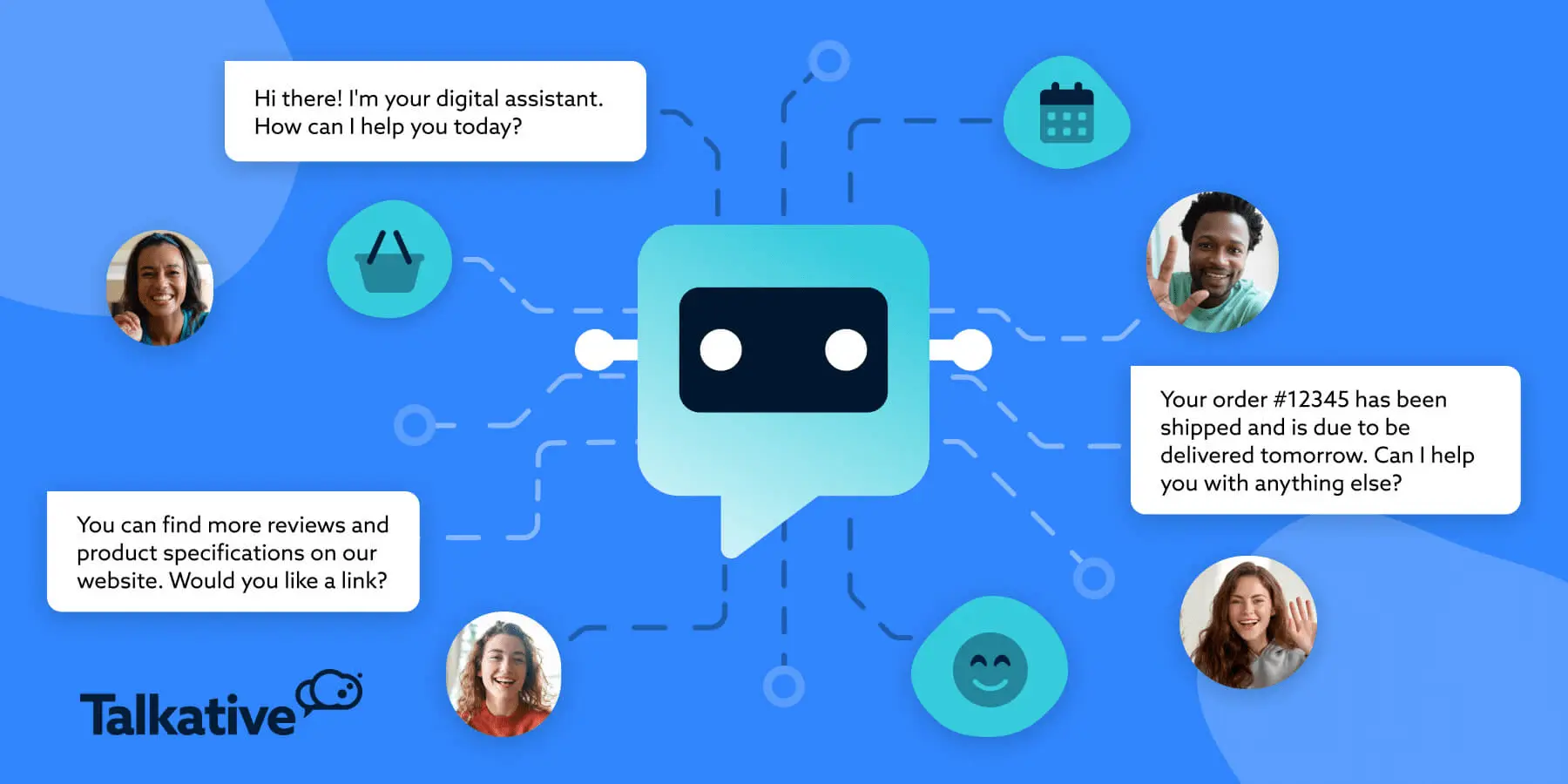
4. Use chatbots on multiple platforms
Chatbots are an essential tool for marketing across all major platforms - not just your website or app.
Many businesses make the mistake of only having a chatbot on their website alone.
Instead, make sure you’re serving as many customers as possible by deploying your chatbot across social media channels too.
Just remember that the demographics for each social media platform are different - meaning there might be certain platforms you want to prioritize in line with your target audience.
For example, the majority of Facebook Messenger users in the U.S. are between 25 and 34 years old, while on LinkedIn, it’s 40 to 55 years old.
So, make sure your chatbot has a voice, tone, or script that best speaks to your key customer demographics.

5. Use marketing chatbots to automate your shop
If you run an ecommerce site, you can use chatbots to automate the following processes:
- Appointment scheduling
- Customer service queries
- Collecting reviews and customer feedback
- Processing payments
- Providing company updates
Businesses can also use marketing chatbots to spread the word about their business and offer promotions to entice customers.
For example, you could offer a discount code to anyone who opens a chat on Facebook Messenger or to website chat users who have items in their carts.
Customers who’ve had a pleasant chatbot experience should be urged to leave a review - both through a post-chat survey and as an actual review on social feeds.
This is for two key reasons.
Firstly, feedback surveys help your customer service, marketing, and sales teams know whether they’re adequately catering to users, or if your chatbot needs to be tweaked.
Secondly, when customers rave about your brand, it shows their peers that your business is trustworthy.
Meaning more future customers and conversions in turn.

6. Share content via chatbots
Once you’ve built your content strategy, you can use chatbot marketing to share content with consumers.
Sharing optimized content via chatbots is especially useful on your site since website visitors have already shown interest in your business.
It can keep users engaged and helps boost conversions.
This engagement can be further enhanced by the ways in which you choose to end your chatbot conversations too.
For instance, you could continue to provide value by prompting users to sign up for content, e.g. your newsletter, blog updates, eBooks or flipbooks, reports, promotional emails, etc.
Just remember: you must always ask for permission before sending content via email unless you want them to end up in the spam folder.
It’s also best to let your users pick how frequently they want to receive content and what type of content they are interested in, rather than bombarding them randomly.

7. Host contests
Contests and giveaways are a great social media marketing strategy, and you can use chatbots to streamline the entire process.
With chatbot marketing, you can use AI to effortlessly gather participant information and to provide information about a contest.
You can even use chatbots to help users enter. For example, you can promote the contest on social media and ask users to sign up via the chatbot.
Social media contests and giveaways allow you to collect essential information about potential leads and customers.
You can ask for their names and work emails as part of the entry process. Then you’ll have a list of leads before the contest ends.
To show users that your contest is trustworthy, be sure to announce the winners publicly.

8. Escalate to video or audio
Chatbot marketing is far more effective when you can get customers and leads to contact your sales team or customer service rep directly.
To do this effectively, your marketing chatbot must give users the option to schedule contact with a human agent.
By giving your customers the option to speak to a human support agent, you’re not only improving the customer experience, you’re also improving the chance of making more conversions.
In fact, we’ve found that shoppers who use Talkative's video chat are 4 times more likely to make a purchase.
What’s more, 94% said they had a positive experience when using video chat - an increase in customer satisfaction as well as sales.

9. Leverage interactive elements
Creating interactive elements for chatbot interactions helps keep users interested and engaged.
Interactive content like quizzes, polls, or games can transform a simple chatbot interaction into a memorable experience.
For example, a fashion retailer's ecommerce chatbot could offer a style quiz to help users discover their ideal clothing items, making the shopping experience more personalized and fun.
Similarly, a travel agency's chatbot might use interactive maps or destination trivia to engage users while subtly promoting travel packages.
These activities not only capture attention but also encourage users to spend more time interacting with the chatbot, increasing the likelihood of conversion.
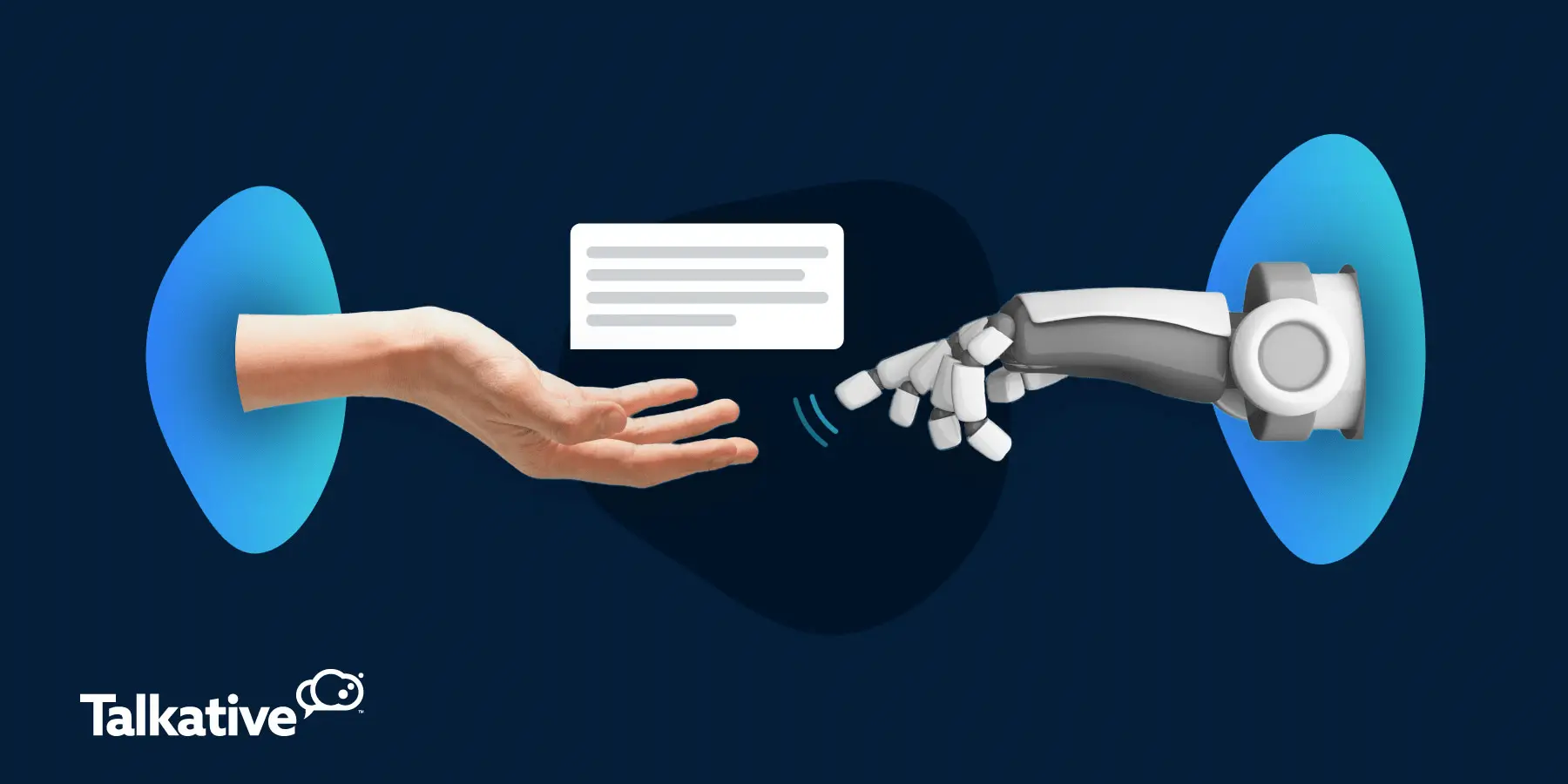
10. Monitor and optimize
Monitoring chatbot usage and optimizing performance is essential for long-term success.
The following are some of most important metrics for tracking and measuring chatbot performance...
- Number of Interactions: This tracks the total number of chatbot customer interactions, helping you gauge the adoption rate and the level of customer engagement.
- Containment Rate: This reflects the percentage of conversations fully handled by the chatbot without human intervention, showing its ability to resolve customer queries independently.
- First Contact Resolution (FCR) Rate: This assesses the chatbot’s ability to resolve user issues during the first interaction, an important indicator of efficiency and user satisfaction.
- Escalation Rate: This calculates the percentage of chat sessions that require human agent intervention. A lower rate generally indicates a more effective chatbot.
- Error/Confusion Rate: This measures the frequency with which your chatbot fails to understand customer queries or provides irrelevant answers.
- Average Handling Time: This is the average time taken by the chatbot to handle an entire interaction, impacting overall operational efficiency.
- Customer Satisfaction (CSAT) Score: This comes from direct user feedback regarding their satisfaction with the chatbot experience, often gathered through post-interaction surveys or sentiment analysis.
- Conversion Rate: For chatbots aimed at conversions or specific actions, this metric tracks how often conversations result in the desired outcome (e.g. sales, sign-ups).
In addition to tracking chatbot analytics, you should also utilise chatbot reporting.
For example, with Talkative, you can use our AI Knowledge Gap Report to generate a full list of all the questions customers have raised with your chatbot, plus whether or not the bot was able to answer them successfully.
Armed with this information, you can optimise and expand your knowledge base content, continuously improving your bot's accuracy, performance, and functionality.
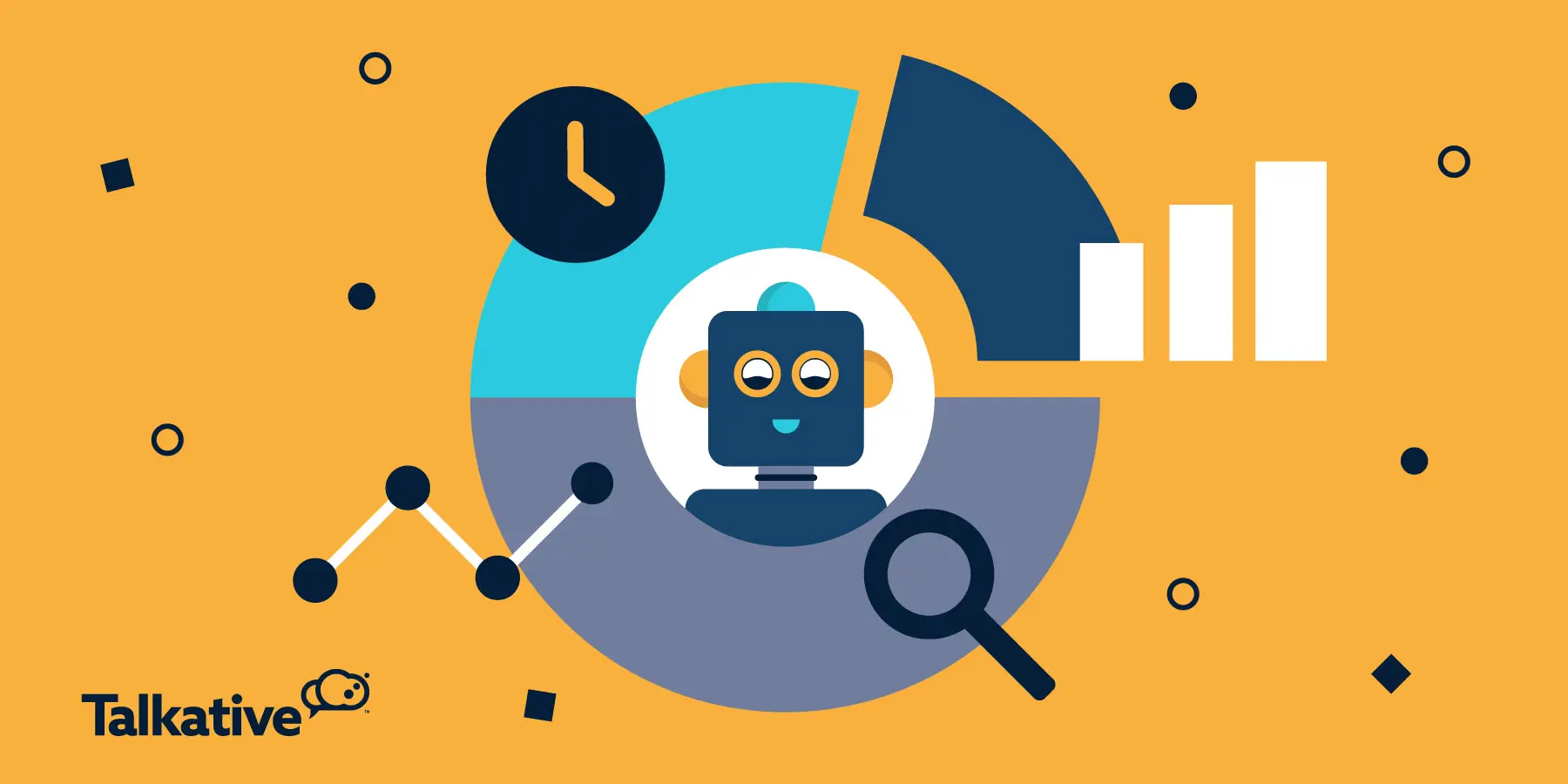
The takeaway
Chatbot marketing strategies have become essential for many businesses as they endeavor to provide consistent 24/7 customer experiences.
But these experiences don’t just take place on your website and app.
Chatbot marketing examples can be used across all platforms, helping your customers connect with your brand in just a few clicks.
So, when creating a marketing chatbot, you must consider your target audience, what they want, and the most common queries they have.
Doing so will mean you can create a marketing chatbot that genuinely helps your customers, highlights your products, and boosts conversions.
Of course, to really get the most out of a chatbot on your website, app, and social channels, you need a platform that allows you to create on-brand automations on your terms.
And that's where Talkative comes in.
With our scalable and flexible chatbot solution, you can:
- Choose between an intent/rule-based system, AI, or a combined approach (an AI chatbot with rule-based fall-back for maximum efficiency).
- Integrate our GenAI chatbot with your own AI knowledge base to create virtual assistants that are experts in your brand, products, and services.
- Meet and serve customers across your website, app, and messaging channels.
- Seamlessly escalate to human agents when needed.
- Leverage AI-driven analytics and reporting.
- Build multiple chatbots in-house (if you prefer to take the wheel with bot design).
- Automate customer-specific queries with chatbot fulfilment.
In addition to chatbots and AI solutions, we offer a suite of customer contact channels and capabilities - including live chat, web calling, video chat, cobrowse, messaging, and more.
Want to learn more? Book a demo with Talkative today, and check out our interactive product tour.



